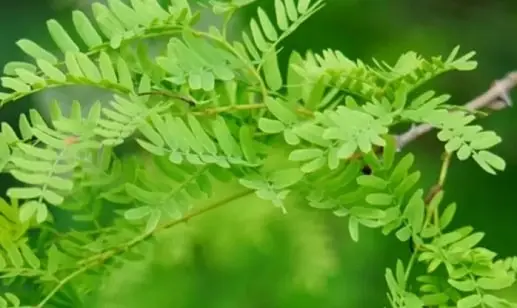Shami plants are originally found in the Indian subcontinent, and there are higher chances that you may have seen one or a bunch of these plants before, but you didn’t know that yet. However, if you are someone in search of finding a Shami plant, you first must know what it looks like and how can you actually identify it accurately. Correct? Well, that’s precisely what we are here for today. Here we will be taking you through a little detour and showing you the key characteristics of this plant, and how to identify the Shami plant on your own. So yeah, let’s get down to it then, shall we?
History, And Cultural Significance Of Shami Plant

Before we talk about how you can actually identify Shami Plants, let’s first take a look at the history and cultural significance of this plant. This plant is originally found in India, and it has significant importance in many traditional medicine as well as religious practices. In India, it is considered more of a symbol of luck, prosperity, and of course, spiritual significance.
Key Characteristics of the Shami Plant
As you may already know, every plant out there has its own fancy scientific name. Take the Shami Plant, for example. The science folks call it Acacia Polyacantha. But, between you and us, that’s quite a mouthful, right? So, many folks just stick with easier names like White Kutch, Shami Tree, or Chikkur.
If you ever find yourself walking around and spot a tree that makes you go, “Hmm, that looks kinda different,” it might just be the Shami Plant. Here’s how to know for sure:
- Appearance: Imagine walking up to a tree that’s, let’s say, not too big, but not too small either. And the bark, which is mostly white, sometimes shows off cool dark patches.
- Flowers: Next up, the flowers. Imagine tiny suns starting off in a soft yellow shade, kinda like the morning sky. But as time goes by, they slowly turn into fluffy white clouds.
- Fruits: Alright, so these aren’t the fruits you’d want in your fruit salad. These fruits are a bit flat and have this cool, pointy beak-like thing at the top.
How To Identify Shami Plant Easily?
Now let’s actually get down and see what are the things that you can look at and know for sure that you found a Shami Plant.
- Leaves: The standout feature of a Shami Plant is its leaves, they are alternate bipinnate leaves. If you don’t know what that means then take it like this, if two branches of leaves are originating from the same point, and are arranged side by side, that’s what you call alternate bipinnate leaves. And this is the unique leaf arrangement that is found in Shami Plants.
- Thorns: Now, you gotta be careful when searching for a Shami Plant because it has thorns, and you can scratch or hurt yourself badly from that if you don’t pay attention. Keep in mind that the thorns of the Shami plant actually grow in pairs, opposite to one another. And you can find these thorns in between the leaf branches, which is the most distinctive appearance of this plant.
- Stipules: Then there are the stipules that can be found at the base of the leaves in Shami plants. These are small, leaf-like structures, and you won’t have any issue identifying them. Again, like the thorns of this plant, these grow in pairs and are another key feature to help you identify the plant.
Conclusion
That’ll do it. Now you have enough information about the Shami plant to go out there on your own and try to find or identify the Shami plant. Just remember the key characteristics we discussed in this post, and you’ll be good for the most part.
| Related Topics |
| How To Identify Darbha Grass |
| How To Identify Original Kasturi Manjal |
| How To Identify Original Shilajit |
| How To Identify Original Shakha Pola |

Santosh Kumar is an editor at unfoldstuffs.com and a professional content writer. With years of experience he is passionate for creating engaging, informative and impactful topics.








